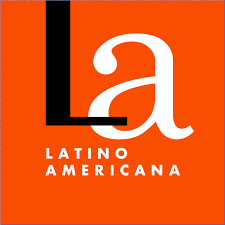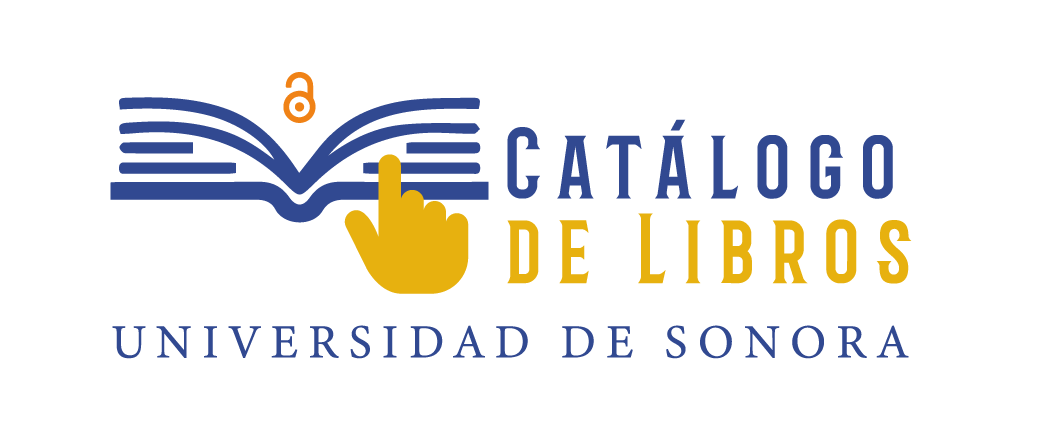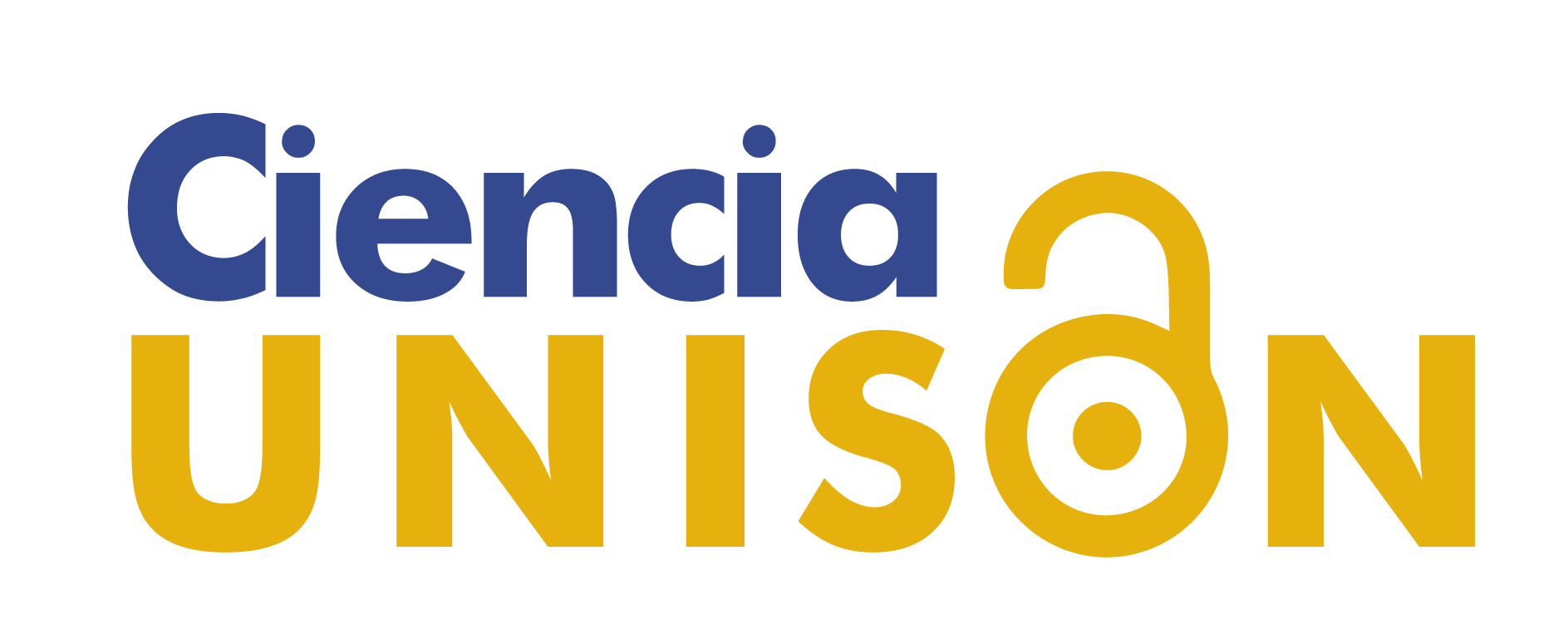Aplicaciones de RV y RA para Química y Geografía en Preparatoria
DOI:
https://doi.org/10.46588/invurnus.v17i1.66Keywords:
Augmented reality, Virtual reality, Distance education, Repetitive learning, and Stimulating learning.Abstract
In recent years, there has been an accelerated adoption of technologies for remote work and distance education. However, complementary tools are required for education with distance or semi-presential technological mediation that allows an improved teaching-learning process. This paper presents the development of two Augmented Reality (AR) applications for Chemistry and Geography and a Virtual Reality (VR) application for the immersive Navigation of a campus. In Augmented Reality applications, the repetitive model is used to allow students to learn by repeatedly doing the exercises with the highest degree of difficulty in the various subjects. In the Virtual Reality application, informative boards integrated to the Twitter API are enabled to show current information on announcements and tasks. The results show that the use of AR3 and VR complements active learning with immersion, it is a stimulating experience that allows users to feel present in another place.
Downloads
References
Berenguer-Albaladejo, C. (2016). Acerca de la utilidad del aula invertida o flipped classroom.
Blender Foundation. (2022). Home of the Blender project - Free and Open 3D Creation Software.
Cortés (2018). Introducción al aprendizaje humano. Universidad Autónoma del estado de Hidalgo.
Forero, J. E. D. (2012). Simulación en entornos virtuales, una estrategia para alcanzar" Aprendizaje Total", en la formación técnica y profesional. Revista Latinoamericana de Estudios Educativos (México), 42(2), 49-94.
Ibáñez, M. B., Portillo, A. U., Cabada, R. Z., & Barrón, M. L. (2020). Impact of augmented reality technology on academic achievement and motivation of students from public and private Mexican schools. A case study in a middle-school geometry course. Computers & Education, 145, 103734.
Icaza, J. I., De La Cruz, J. L., Muñoz, M., & Rudomín, I. (2014). Realidad mixta. LAS MEGATENDENCIAS TECNOLÓGICAS ACTUALES Y SU IMPACTO EN LA IDENTIFICACIÓN DE OPORTUNIDADES ESTRATÉGICAS DE NEGOCIOS, 172-177.
Ramírez, P. G., Salinas, P., Mendívil, E. G., & Quintero, E. (2015, June). Fostering spatial visualization through Augmented Reality in Calculus learning. In 2015 ASEE Annual Conference & Exposition (pp. 26-792).
Sandoval Pérez, S., Gonzalez Lopez, J. M., Villa Barba, M. A., Jimenez Betancourt, R. O., Molinar Solís, J. E., Rosas Ornelas, J. L., ... & Rodriguez Haro, F. (2022). On the Use of Augmented Reality to Reinforce the Learning of Power Electronics for Beginners. Electronics, 11(3), 302.
Sternberg, R. J. (1990). Thinking styles: Keys to understanding student performance. The Phi Delta Kappan, 71(5), 366-371.
Thees, M., Kapp, S., Strzys, M. P., Beil, F., Lukowicz, P., & Kuhn, J. (2020). Effects of augmented reality on learning and cognitive load in university physics laboratory courses. Computers in Human Behavior, 108, 106316.
Unity Technologies. (2022). Unity.
Downloads
Published
How to Cite
Issue
Section
License
Copyright (c) 2023

This work is licensed under a Creative Commons Attribution-NonCommercial 4.0 International License.












